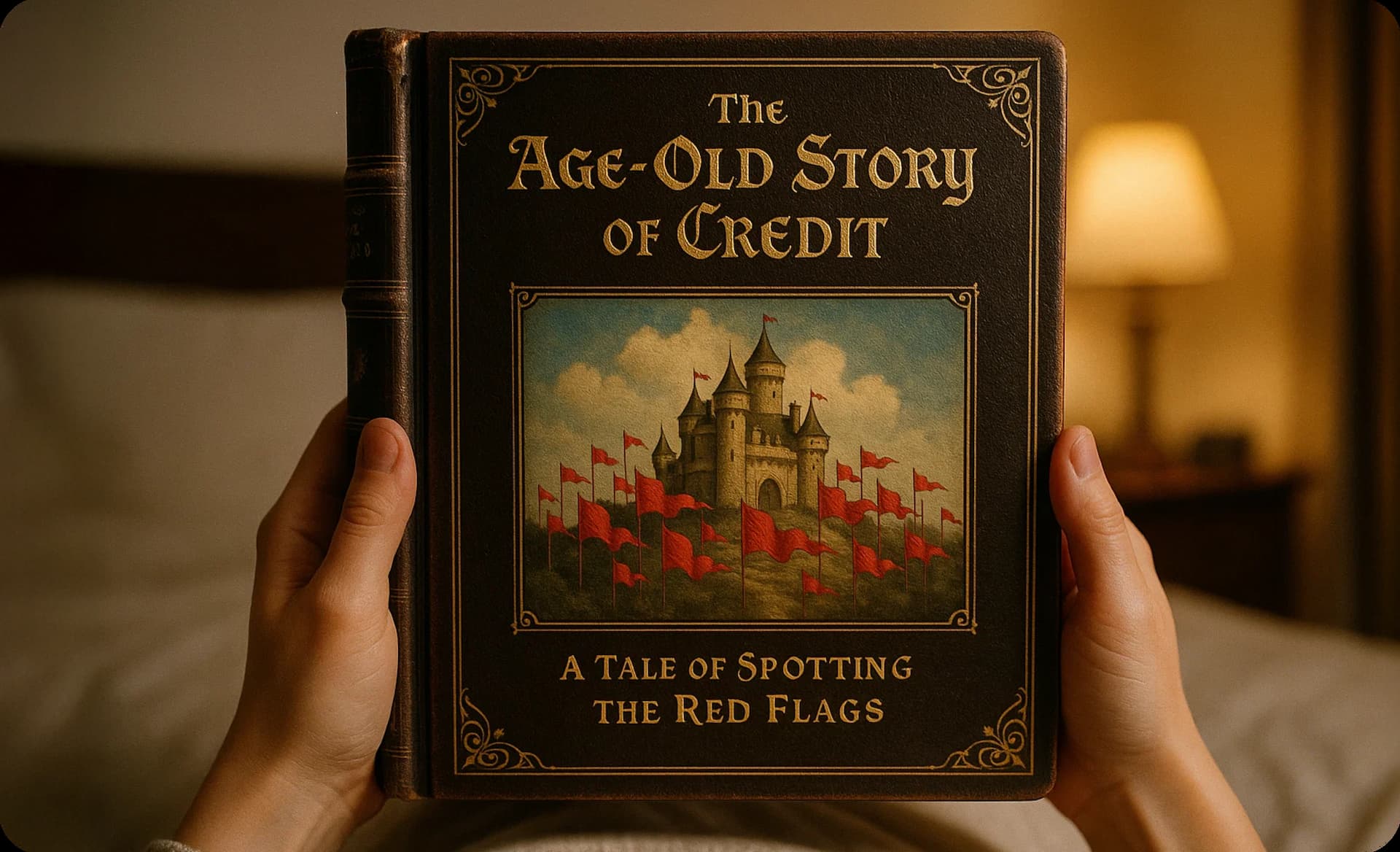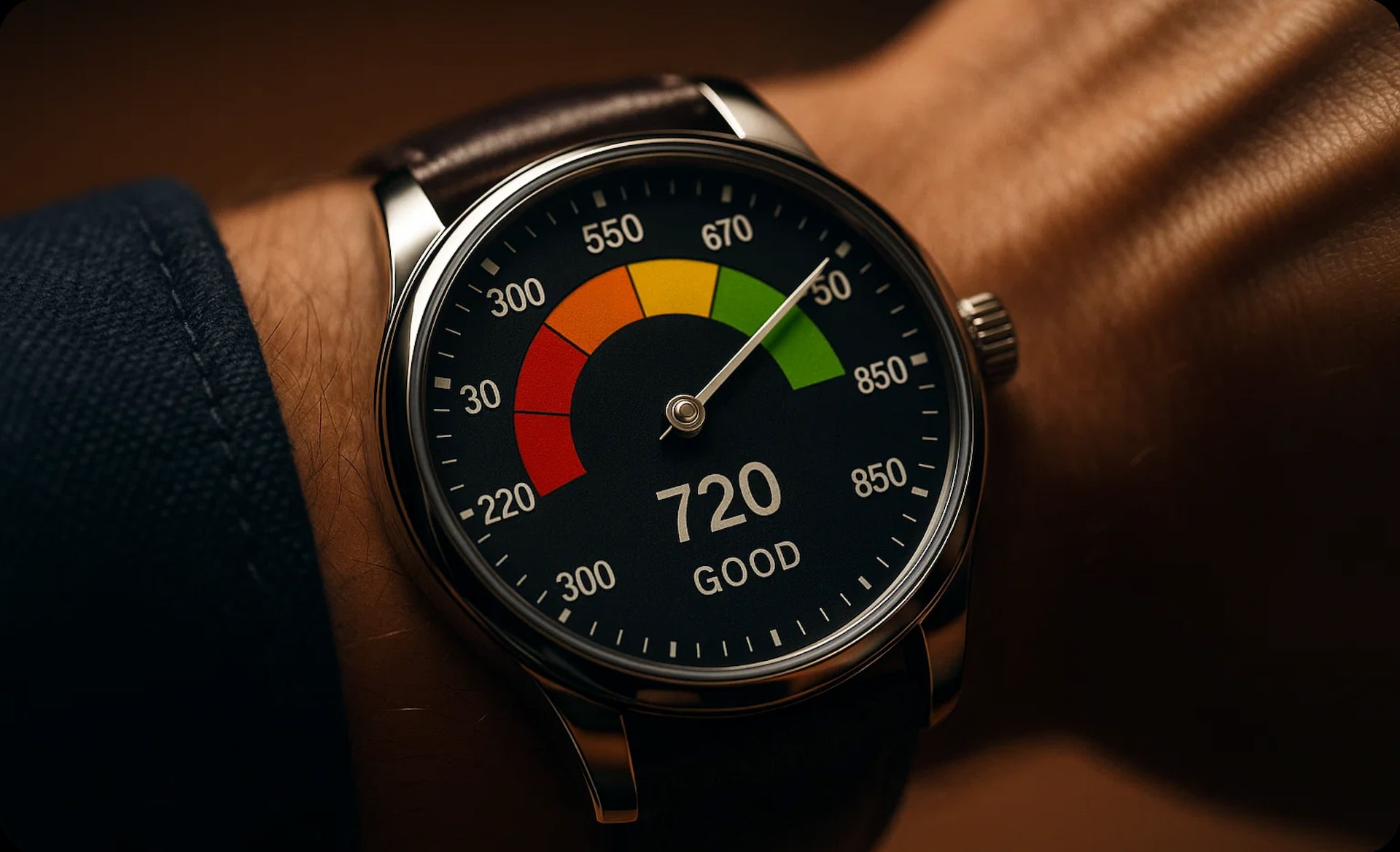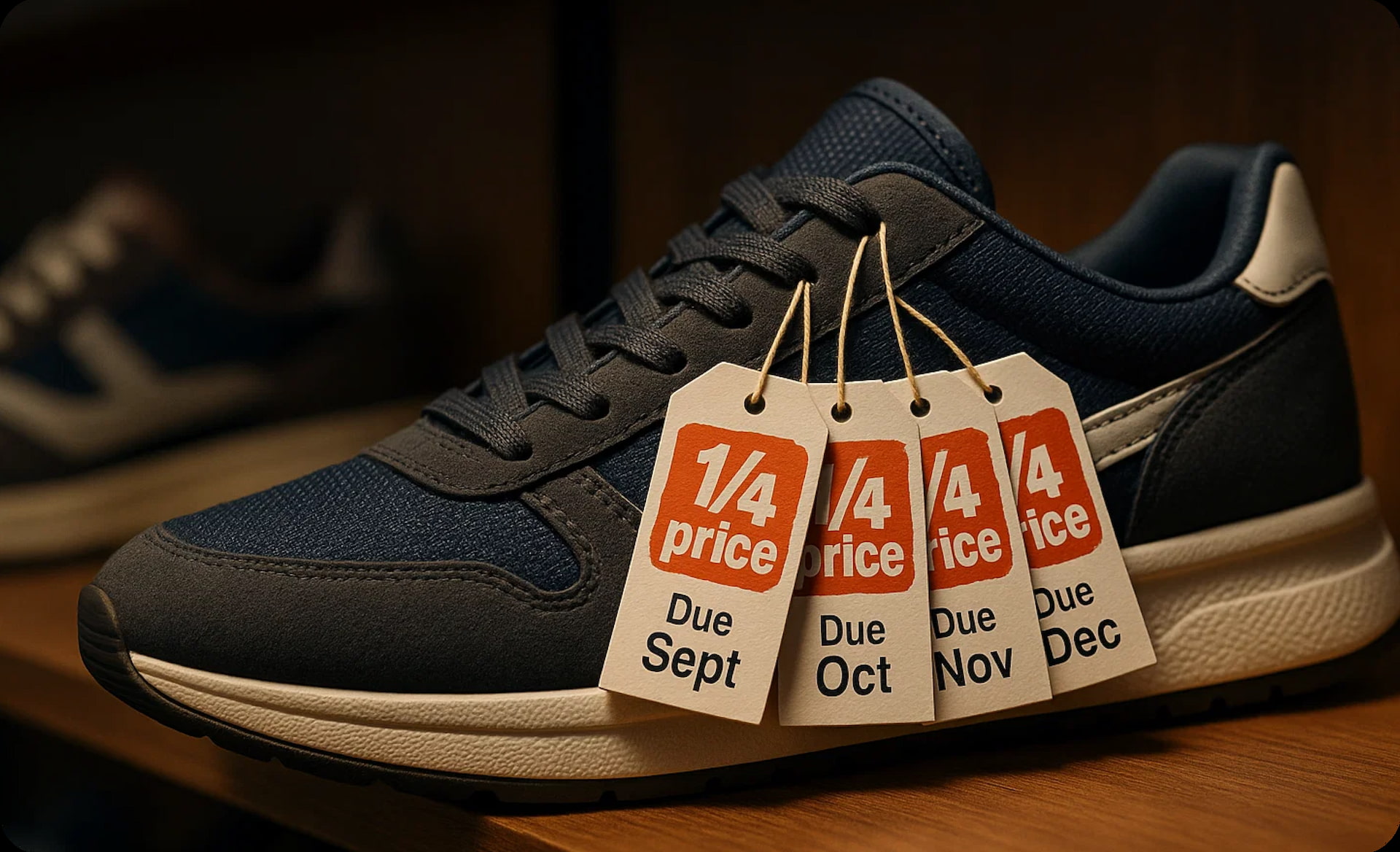If you've ever opened your credit card statement, squinted at the numbers, and thought:
"Ok but... which amount do I actually pay?"
You're not alone.
So let's break it down, line by line, no finance degree required.
1. Statement balance vs. Current balance
Wait, why are there two balances?
Yep. And this is where most of the confusion starts.
Statement balance = What you owed at the end of your billing cycle. Think of it as a snapshot of all your purchases, interest, and payments between date A and date B.
Current balance = What you owe right now, including any new transactions made after your statement was generated.
Pay the statement balance in full before the due date and you'll avoid interest charges. Paying the current balance is fine, but not necessary for interest avoidance.
2. Billing cycle dates
Why it matters: This is the window that defines what you're being charged for.
Every statement covers a billing cycle, typically 30 days.
Example: July 4 – August 3.
Any purchases you made in this window will appear on that month's statement. Anything after that? It rolls into next month.
Neo's Tip: If you're planning a big purchase and don't want to pay for it immediately, wait until the first day of a new cycle, you'll get the maximum interest-free period.
3. Minimum payment
The bare minimum to pay and not much more.
This is the lowest amount you can pay to keep your account in good standing. But be warned: Paying only the minimum means you'll rack up interest, and it'll take much longer to pay off your debt.
4. Credit limit + Available credit
Your total spending power, minus what you've already used.
Credit limit = The max amount you can borrow on your card.
Available credit = Credit limit minus your current balance.
Maxing out your card (even if you pay it off monthly) can hurt your credit score. Try to keep usage under 30% of your limit when possible.
5. Interest charges & APR
Not-so-fun fees for carrying a balance.
Your Annual Percentage Rate (APR) is the interest rate you'll pay if you don't pay off your statement balance by the due date.
If you're charged interest, your statement will show how much and for which purchases.
Example: Bought a $600 phone last month and paid only $100 toward it? You'll see interest calculated on the remaining balance.
6. Transactions section
Your detailed money trail.
Every purchase, refund, payment, and fee shows up here. Check it monthly, it's the easiest way to catch fraud, double charges, or accidental subscriptions.
Neo's Tip: We send real-time purchase alerts to keep you in the loop before your statement even lands.
7. Due date
Circle it. Set a calendar reminder. Or better: automate payments.
Your payment due date is when your payment is officially due. If you pay your full statement balance by this date, you won't pay interest on purchases.
Automation hack: Set up pre-authorized payments for your minimum or full statement balance so you never miss a beat.
How to use your statement strategically
You can do more than just pay it off.
Use your statement as a budget tracker: Where is your money actually going?
Spot patterns: Recurring charges, spikes in spending, subscription creep.
Look ahead: Plan major purchases right after a cycle closes for max interest-free time.
Track your credit utilization (balance ÷ limit) to keep your credit score healthy.



